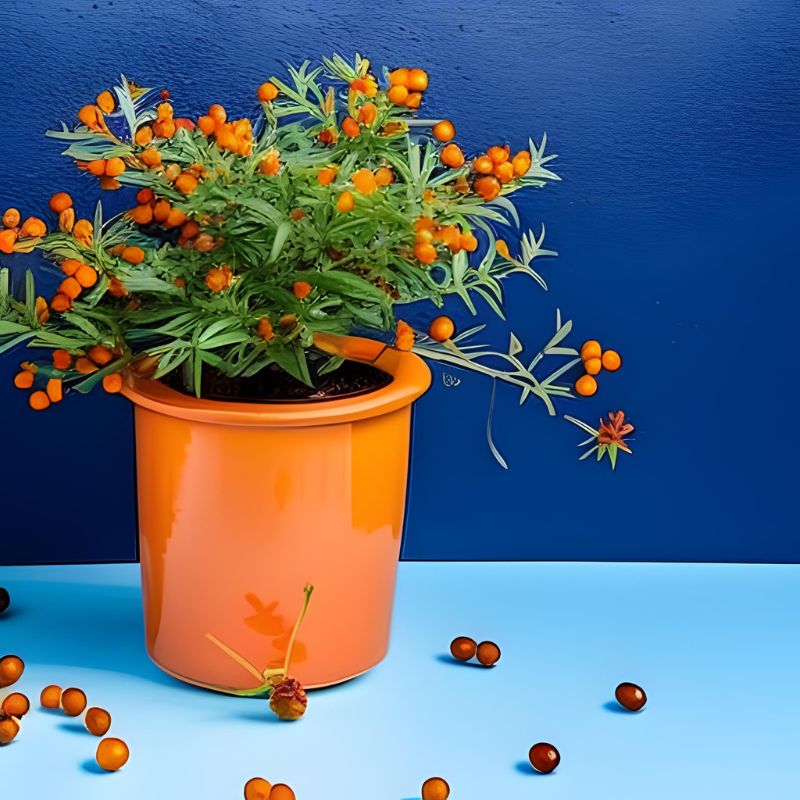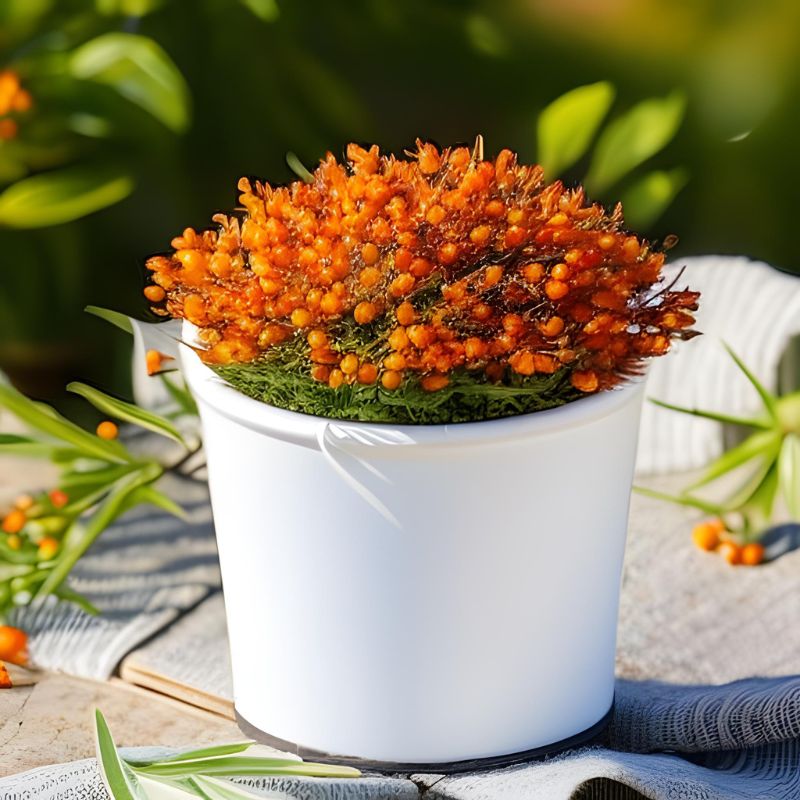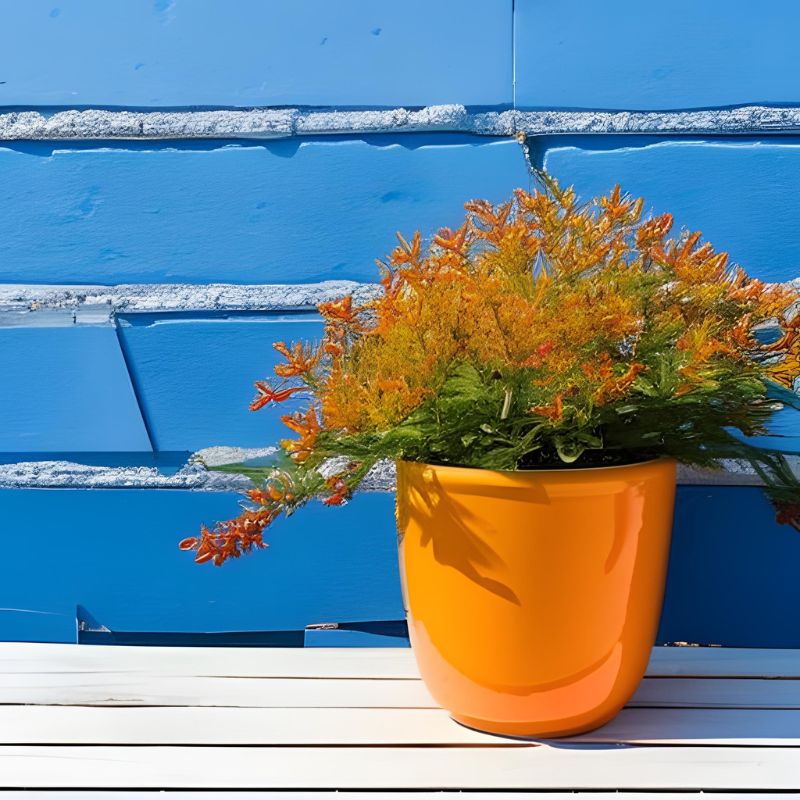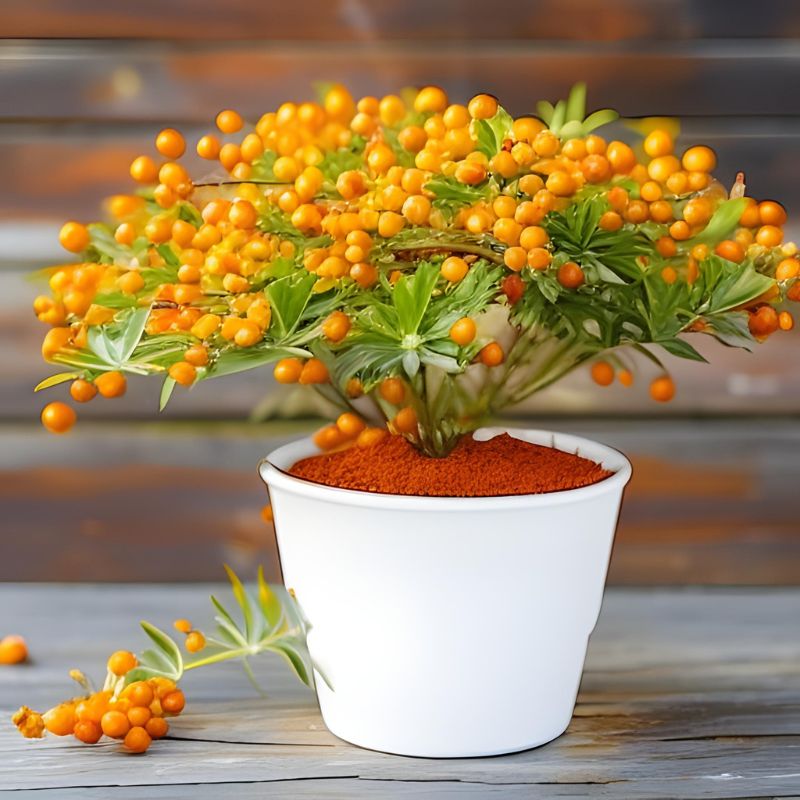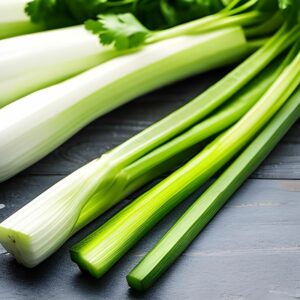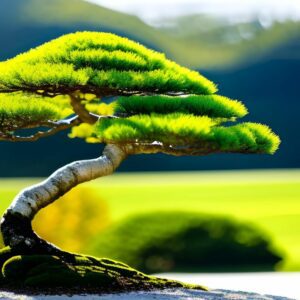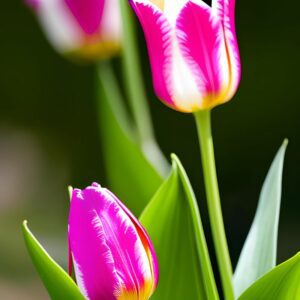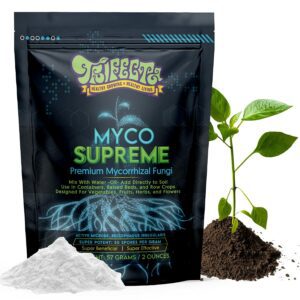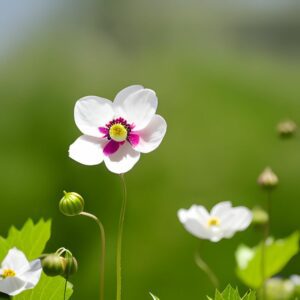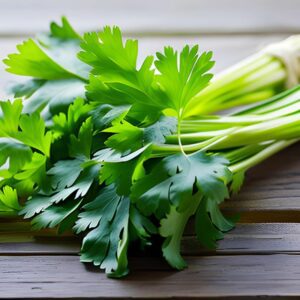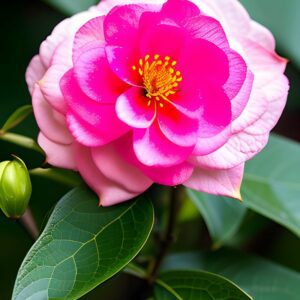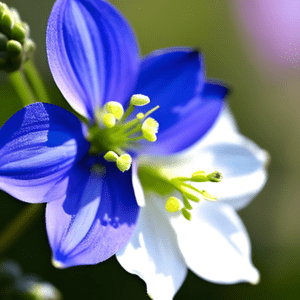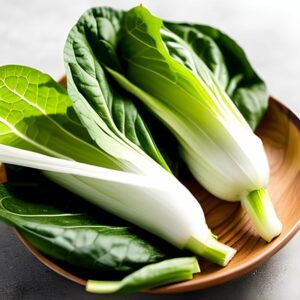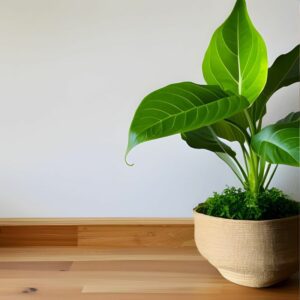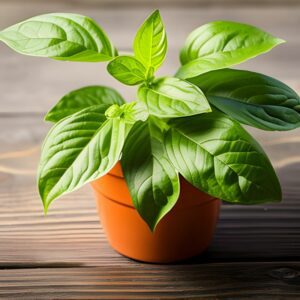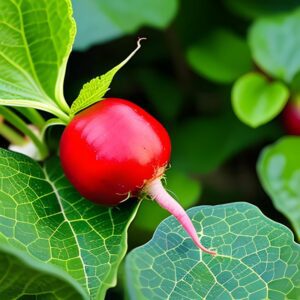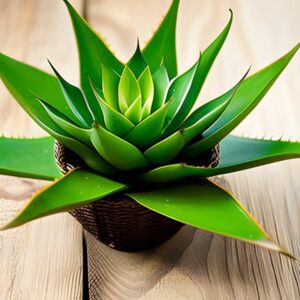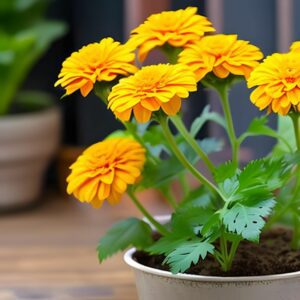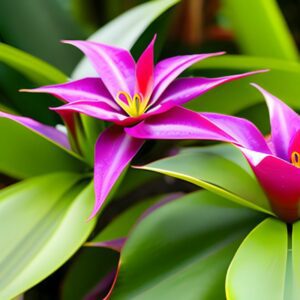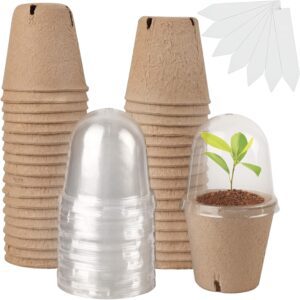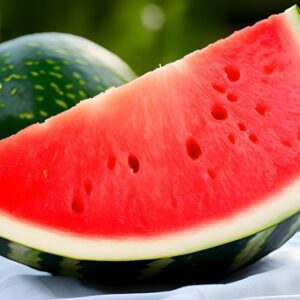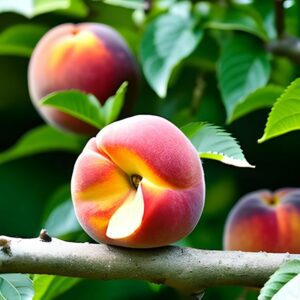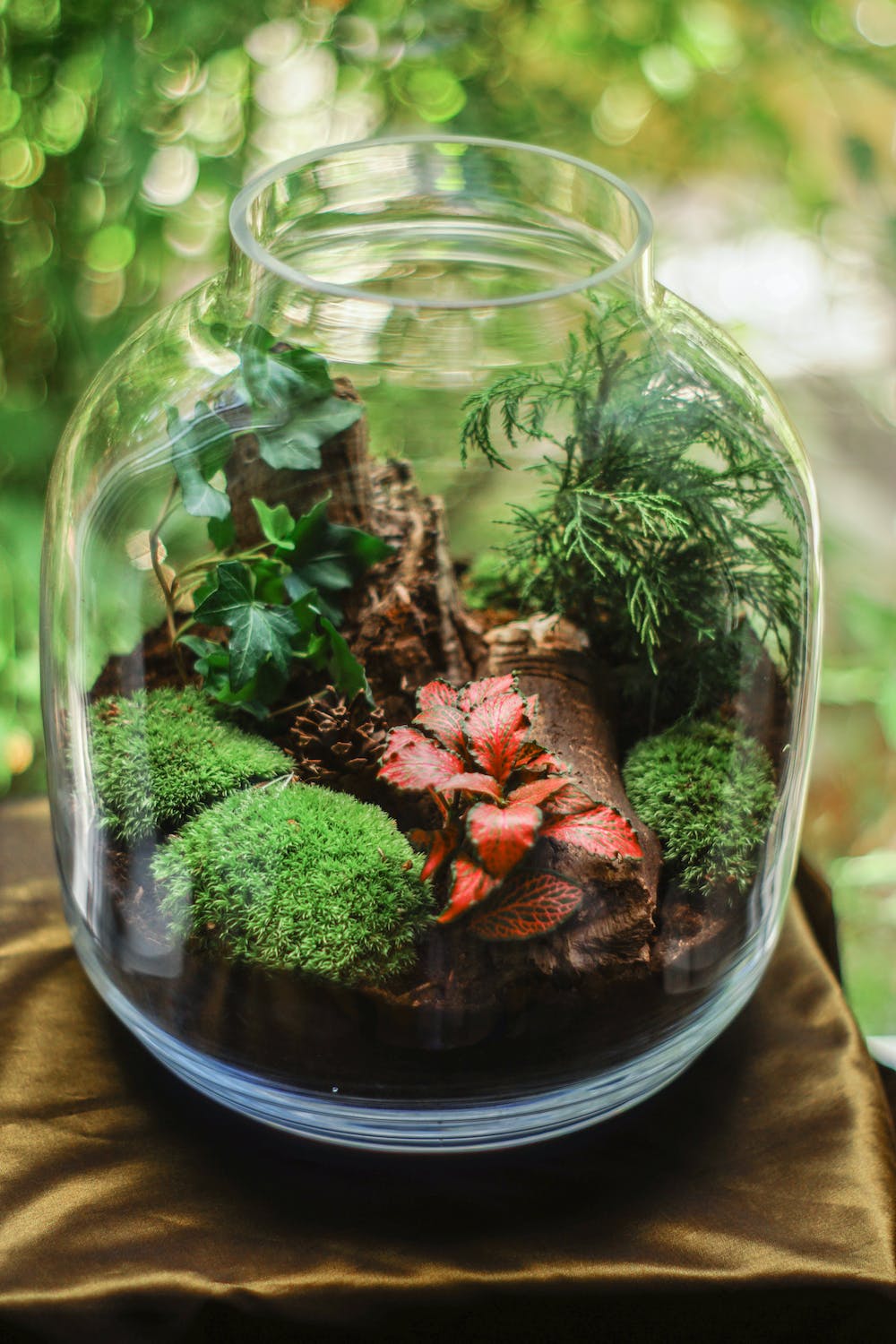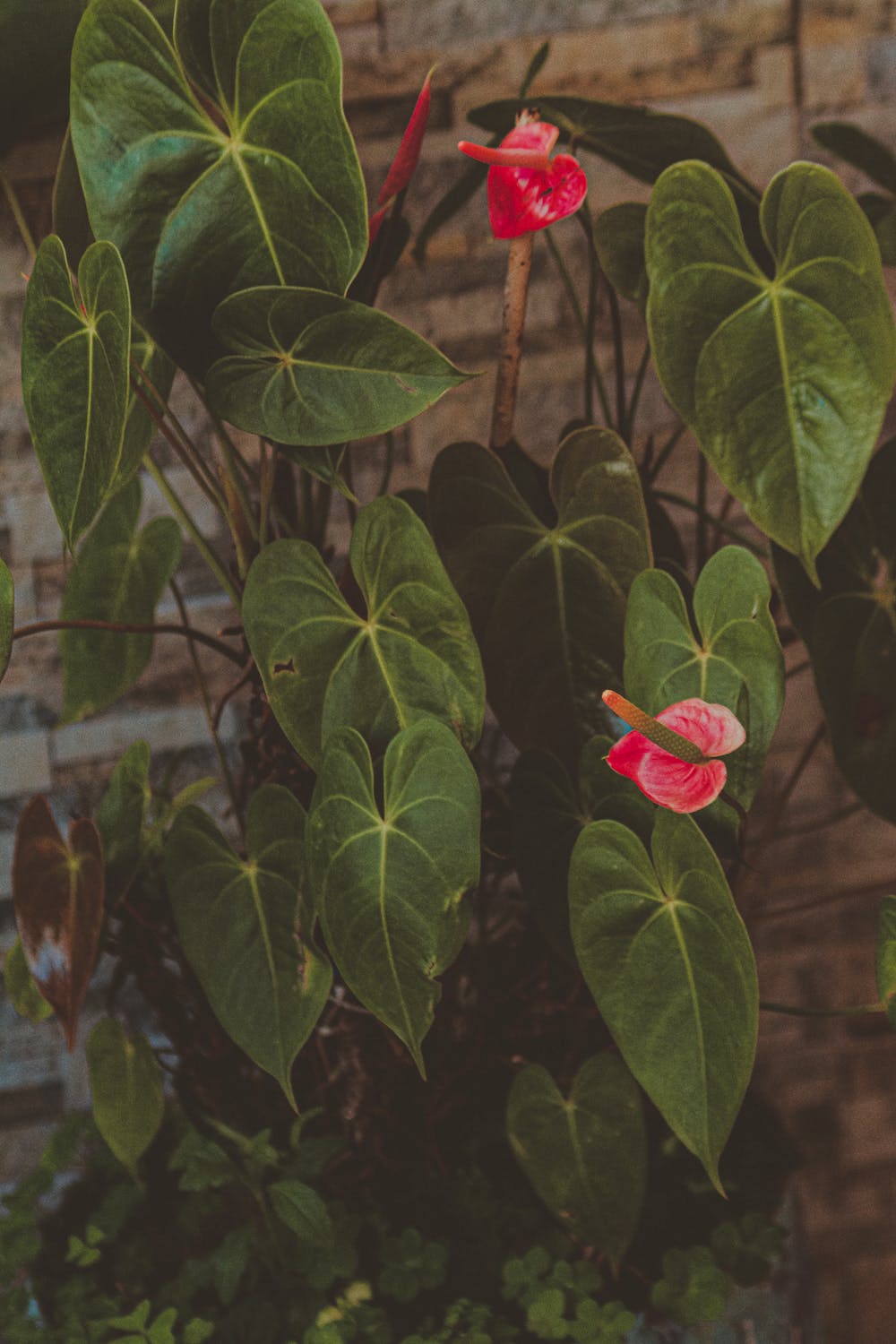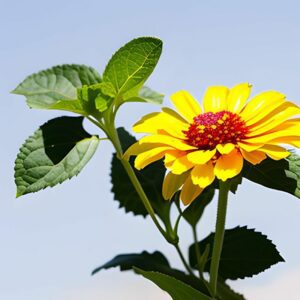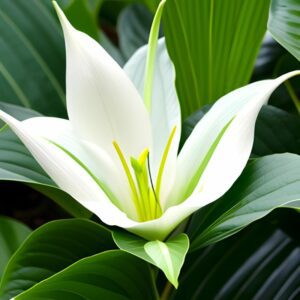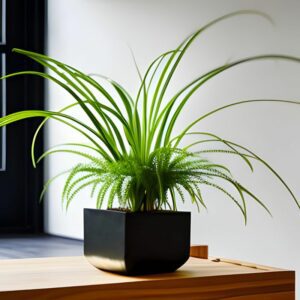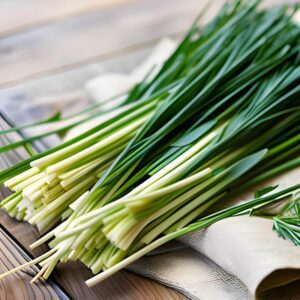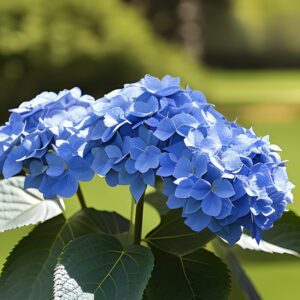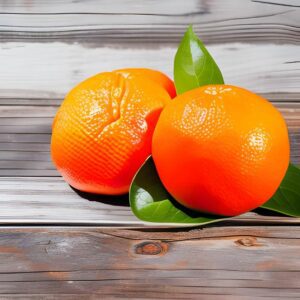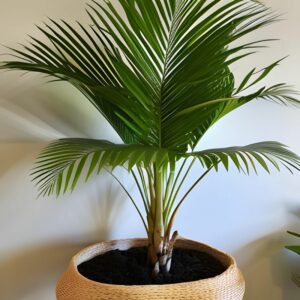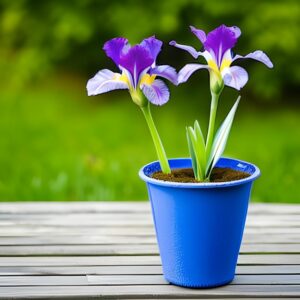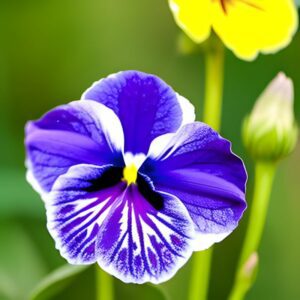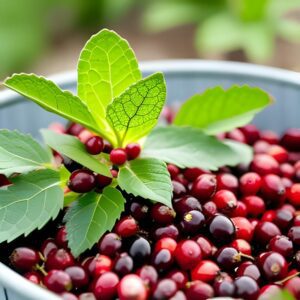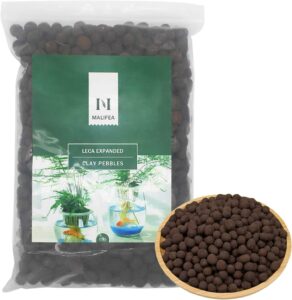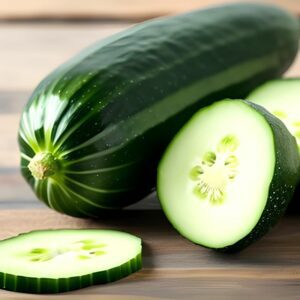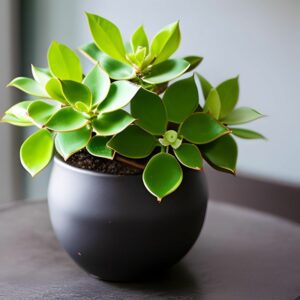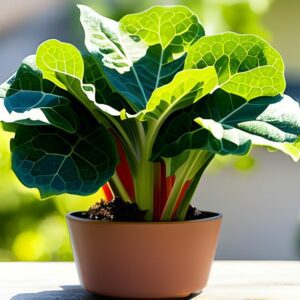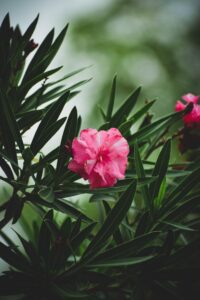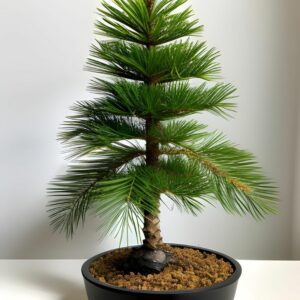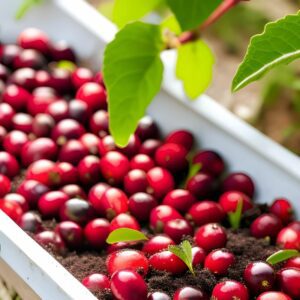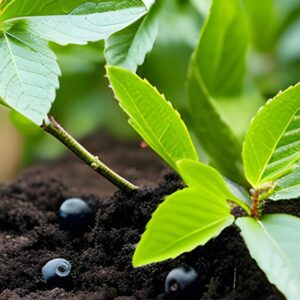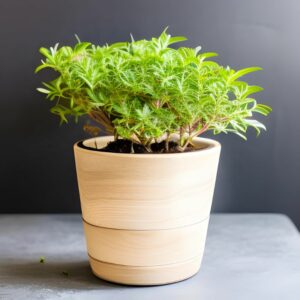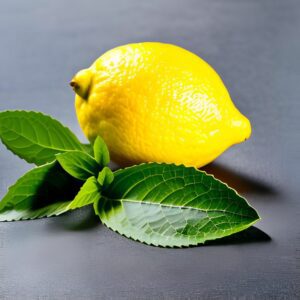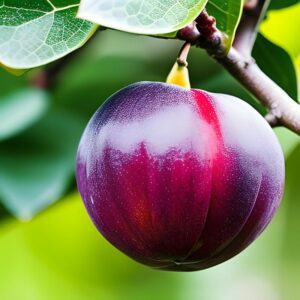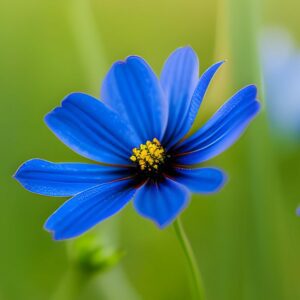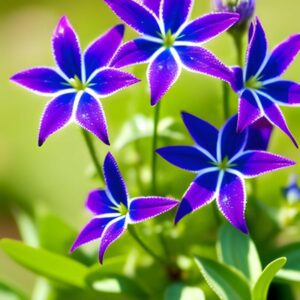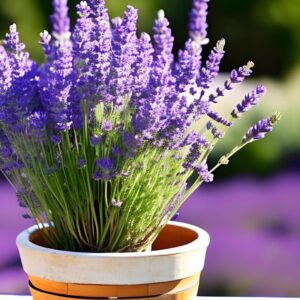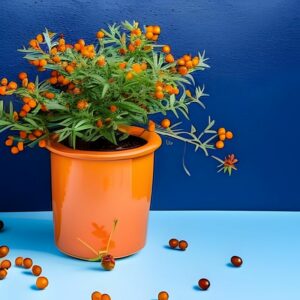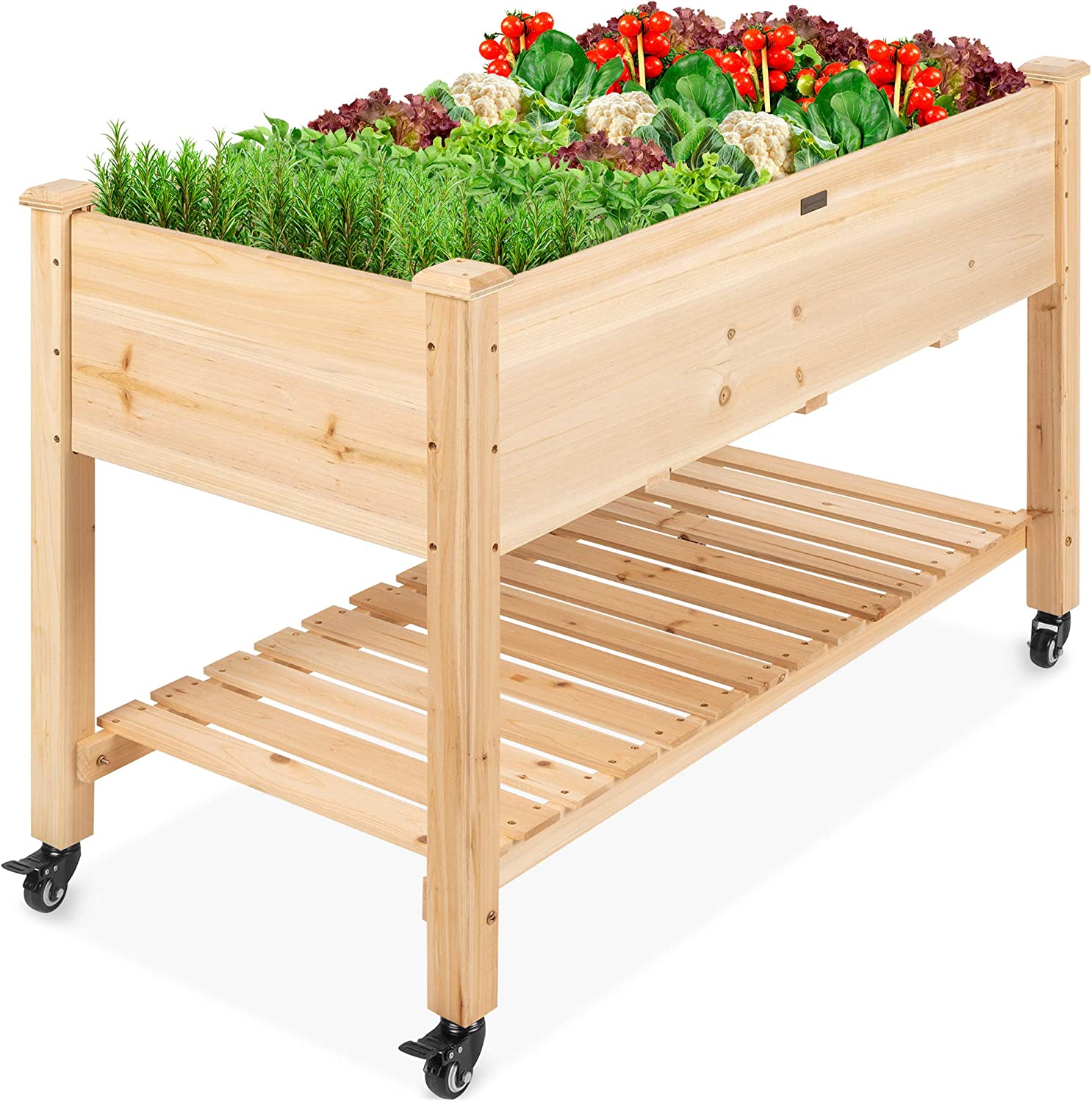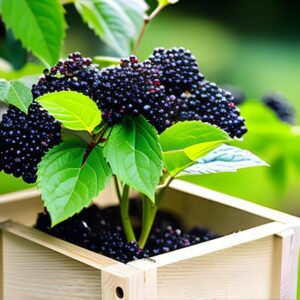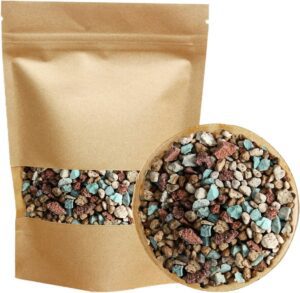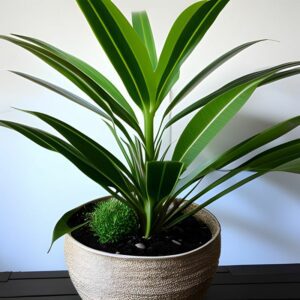Sea Buckthorn
Fruits
- Mongolia
- Moderate
- 2-3 years
Introduction
Sea Buckthorn is a hardy fruit-bearing plant native to Mongolia. It is known for its bright orange berries and its nutritional value. Sea Buckthorn berries have been used for centuries in traditional Mongolian medicine and are becoming increasingly popular for their health benefits.
Plant Characteristics
Sea Buckthorn is a deciduous shrub with silver-grayish foliage and sharp thorns. The berries are small and round, about the size of a pea, and have a tart and citrusy flavor. The plant can grow up to 10-15 feet in height and has a dense, bushy growth habit.
Ideal Growing Conditions
Sea Buckthorn thrives in full sun and well-draining soil. It can tolerate a wide range of soil types, including sandy and poor soils. The plant is cold-hardy and can withstand harsh Mongolian winters. It prefers dry climates but can tolerate some moisture.
Planting Guide
Plant Sea Buckthorn in early spring or late fall when the plant is dormant. Choose a sunny location with well-draining soil. Space the plants at least 6-10 feet apart to allow for their spread. Dig a hole slightly larger than the root ball, place the plant in the hole, and backfill with soil.
Watering and Fertilizing
Water newly planted Sea Buckthorn regularly to establish the roots. Once established, it is a drought-tolerant plant and does not require much additional watering. Fertilize sparingly, as excessive fertilization can lead to excessive vegetative growth and reduce berry production.
Pruning and Maintenance
Prune Sea Buckthorn plants in late winter or early spring to remove dead or damaged branches and to shape the plant. Thin out dense growth to improve airflow and light penetration. Wear protective gloves and clothing when pruning, as the thorns can be sharp.
Harvesting or Flowering
Sea Buckthorn produces small yellow flowers in late spring or early summer, which develop into berries by late summer or early fall. Harvest the berries when they are fully ripe and soft, usually in September or October. Gently shake the branches to loosen the berries, or use a harvesting comb.
Post-Harvest Care
After harvesting the Sea Buckthorn berries, they can be used fresh or processed into various products such as juices, jams, or oils. Store fresh berries in the refrigerator for a few days or freeze them for longer-term storage.
Troubleshooting
Sea Buckthorn is generally a resilient plant, but it can be susceptible to issues such as powdery mildew or root rot if grown in poorly drained soil. Ensure good air circulation around the plants and avoid overwatering. Monitor for pests such as aphids or spider mites and take appropriate measures to control them.
Fun Facts
Sea Buckthorn berries are known for their high nutritional value, rich in vitamins, minerals, and antioxidants. In Mongolia, Sea Buckthorn has been traditionally used for its medicinal properties, including boosting the immune system and promoting healthy skin. The plant is also valued for its ability to tolerate challenging growing conditions and its contribution to erosion control in arid regions.
